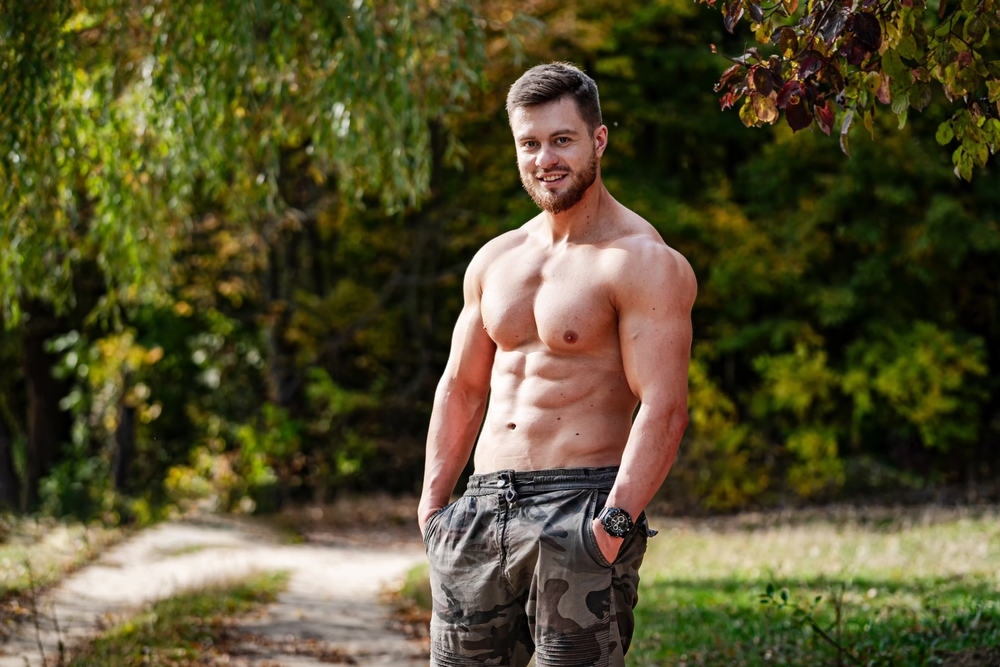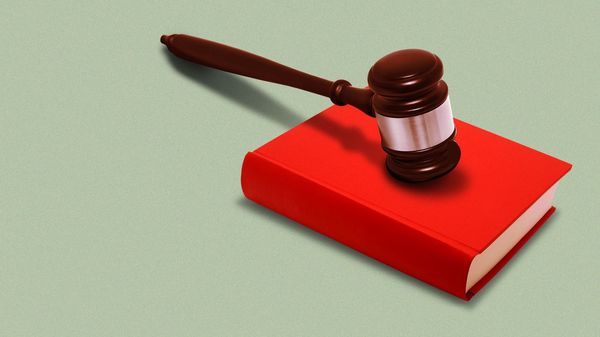
Once upon a time, being “manly” meant something specific—tough, rugged, and unapologetically practical. But as culture shifted, so did the definition. Millennials came along and redefined masculinity in ways that made older generations shake their heads. From grooming habits to hobbies, the line between what’s traditionally “masculine” and what’s not has blurred. Here are seven everyday things that used to be manly—until millennials decided to rewrite the rulebook.
1. Driving Stick Shift Cars
There was a time when real men drove manual transmission cars, proud of mastering the clutch and gearshift. Owning a stick shift meant independence, mechanical skill, and a deep connection with the road. But as automatic cars became standard and electric vehicles rose in popularity, the art of shifting gears faded. Millennials prefer smooth rides and convenience over mechanical control. What was once a badge of manliness is now viewed as outdated or simply unnecessary.
2. Having a Deep, Gravelly Voice
Decades ago, men like Clint Eastwood or Sean Connery set the tone for what a “real man” should sound like—literally. That deep, commanding voice symbolized confidence and authority. Today, millennials prize relatability and emotional intelligence over intimidation. The modern “manly” voice is less about dominance and more about approachability. One of the most subtle things that used to be manly has evolved into something softer—and more conversational.
3. Working with Your Hands
Building, fixing, and creating with your own two hands used to be a man’s pride. Whether it was repairing cars, chopping wood, or building furniture, physical labor was seen as a symbol of strength and capability. Millennials, however, shifted toward tech-driven and creative professions where laptops replaced toolboxes. Now, craftsmanship is more of a nostalgic hobby than a daily necessity. It’s one of those things that used to be manly but now feels more like a weekend escape.
4. Drinking Black Coffee
For decades, black coffee was the universal symbol of masculinity—no sugar, no cream, just grit in a cup. But then came the era of oat milk lattes, pumpkin spice cold brews, and iced matcha. Millennials didn’t just change the menu—they made it fashionable to personalize every drink. Now, ordering plain coffee can feel almost… old-school. What was once an unspoken test of toughness has been replaced by a culture of customization.
5. Owning a Toolbox
Once, every man had a toolbox—and knowing how to use it was practically a rite of passage. From fixing a leaky faucet to assembling furniture, it symbolized responsibility and readiness. But as millennials embraced the convenience of “TaskRabbit” and IKEA’s pre-fab designs, the need for tools diminished. Most men today are more likely to own an Allen wrench set than a full drill kit. It’s another example of things that used to be manly getting outsourced to convenience culture.
6. Wearing a Wristwatch
A wristwatch wasn’t just an accessory—it was an identity statement. A man’s watch said everything about him: his taste, his status, and his sense of time. But with smartphones glued to everyone’s hands, checking the time no longer requires a luxury accessory. Millennials turned watches from essential to optional, replacing analog precision with digital convenience. What used to be a daily ritual has become an occasional style choice rather than a masculine staple.
7. Keeping Emotions to Yourself
Perhaps the biggest cultural shift of all is emotional expression. Older generations taught men that stoicism was strength—that showing emotion was weakness. Millennials broke that mold completely, encouraging openness, therapy, and vulnerability. While some argue it diluted traditional masculinity, others see it as progress toward healthier relationships. It’s one of those things that used to be manly that may have changed for the better, even if it made some men uncomfortable.
Manliness, Then and Now
What it means to be “manly” isn’t set in stone—it evolves with every generation. While millennials may have “ruined” certain traditions, they also expanded the definition of masculinity to include empathy, creativity, and authenticity. The days of defining men by toughness alone are gone. In their place is a broader, more flexible understanding of strength—one that fits a changing world. Whether that’s better or worse depends on how you define being a man today.
Which of these lost “manly” traditions do you actually miss—and which ones are better left in the past? Share your thoughts in the comments below.
What to Read Next
- 8 ‘Manly’ Behaviors That Actually Ruin Relationships Over Time
- 7 Cars Most Men Won’t Buy Because They Don’t Look Manly Enough
- 13 “Manly” Behaviors That Are Quietly Being Cancelled
- What Makes A Car “Manly” In 2025
- 5 Beer Brands Boomers Swear By—But Millennials Won’t Touch
The post 7 Everyday Things That Used to Be “Manly” — Until Millennials Ruined Them appeared first on Clever Dude Personal Finance & Money.







